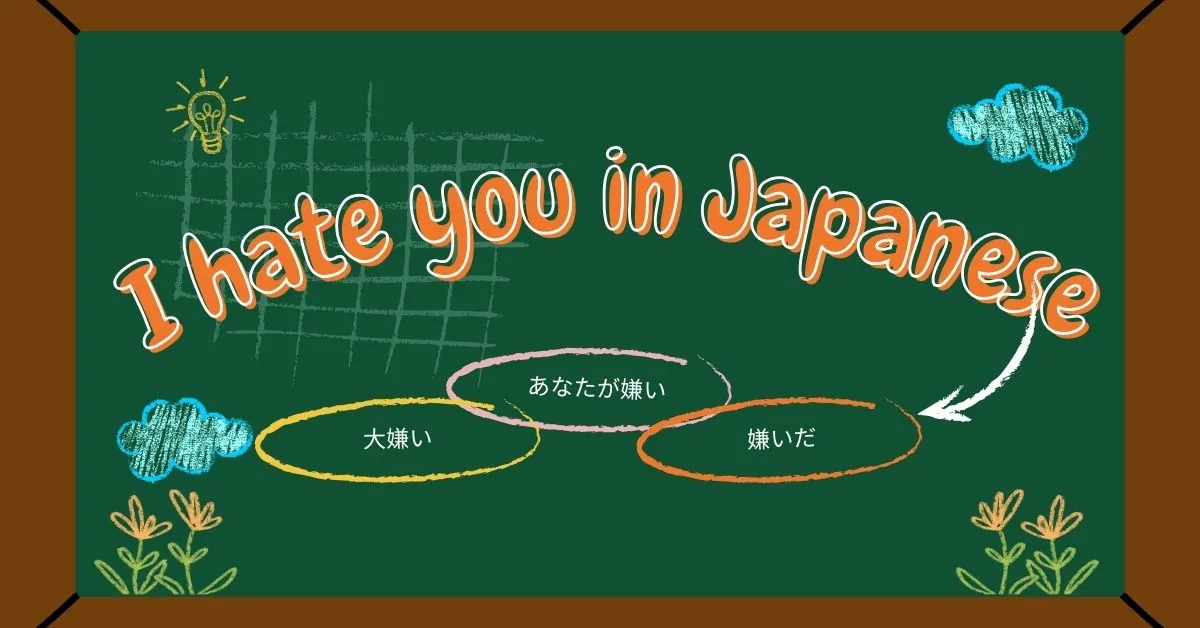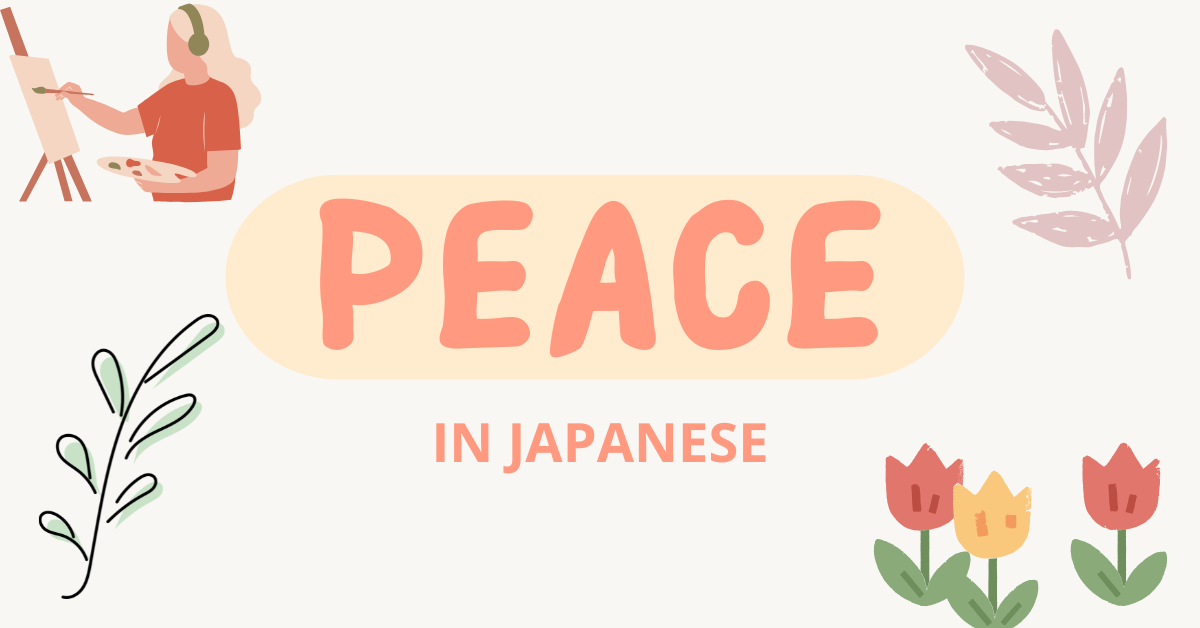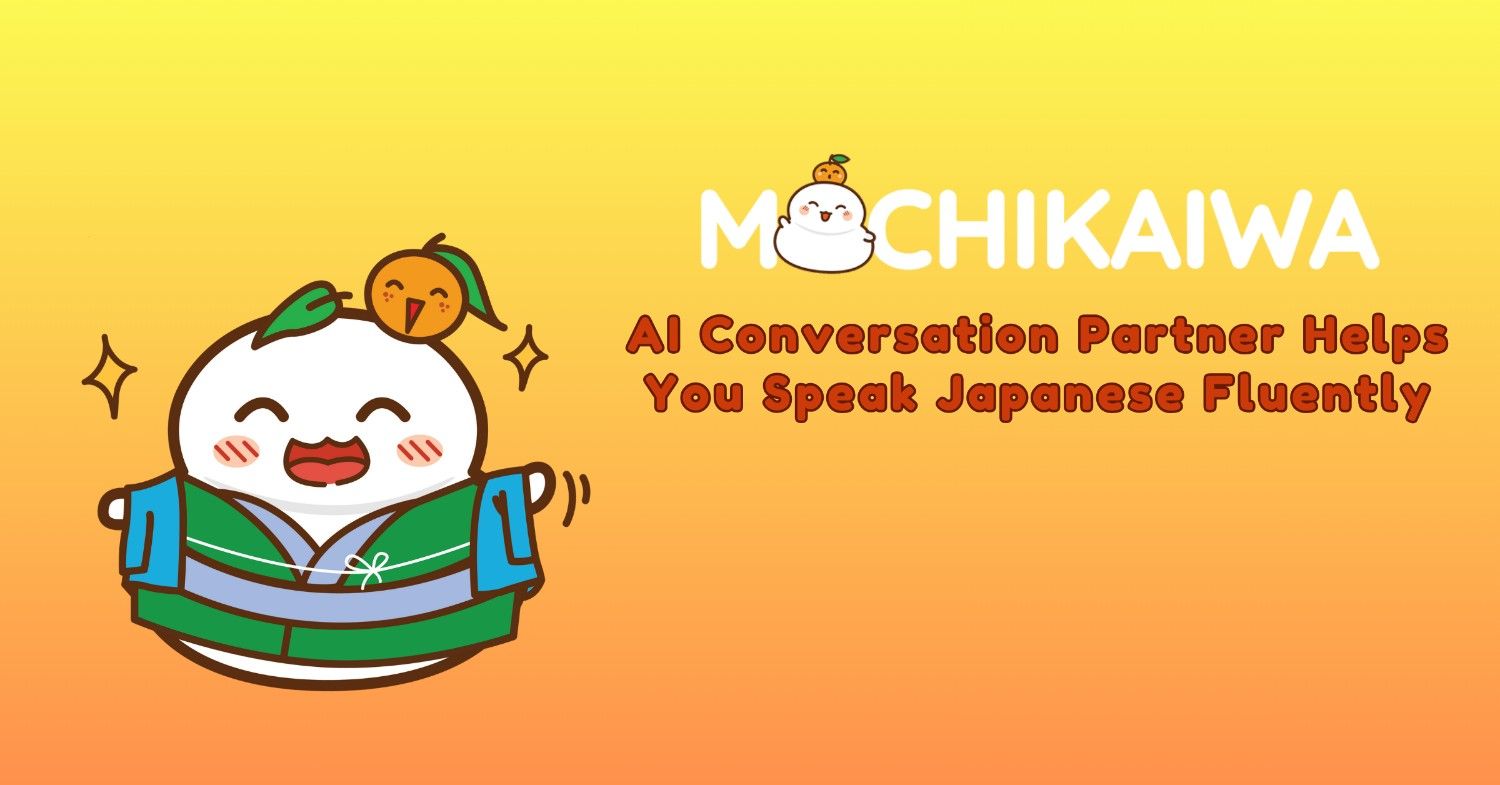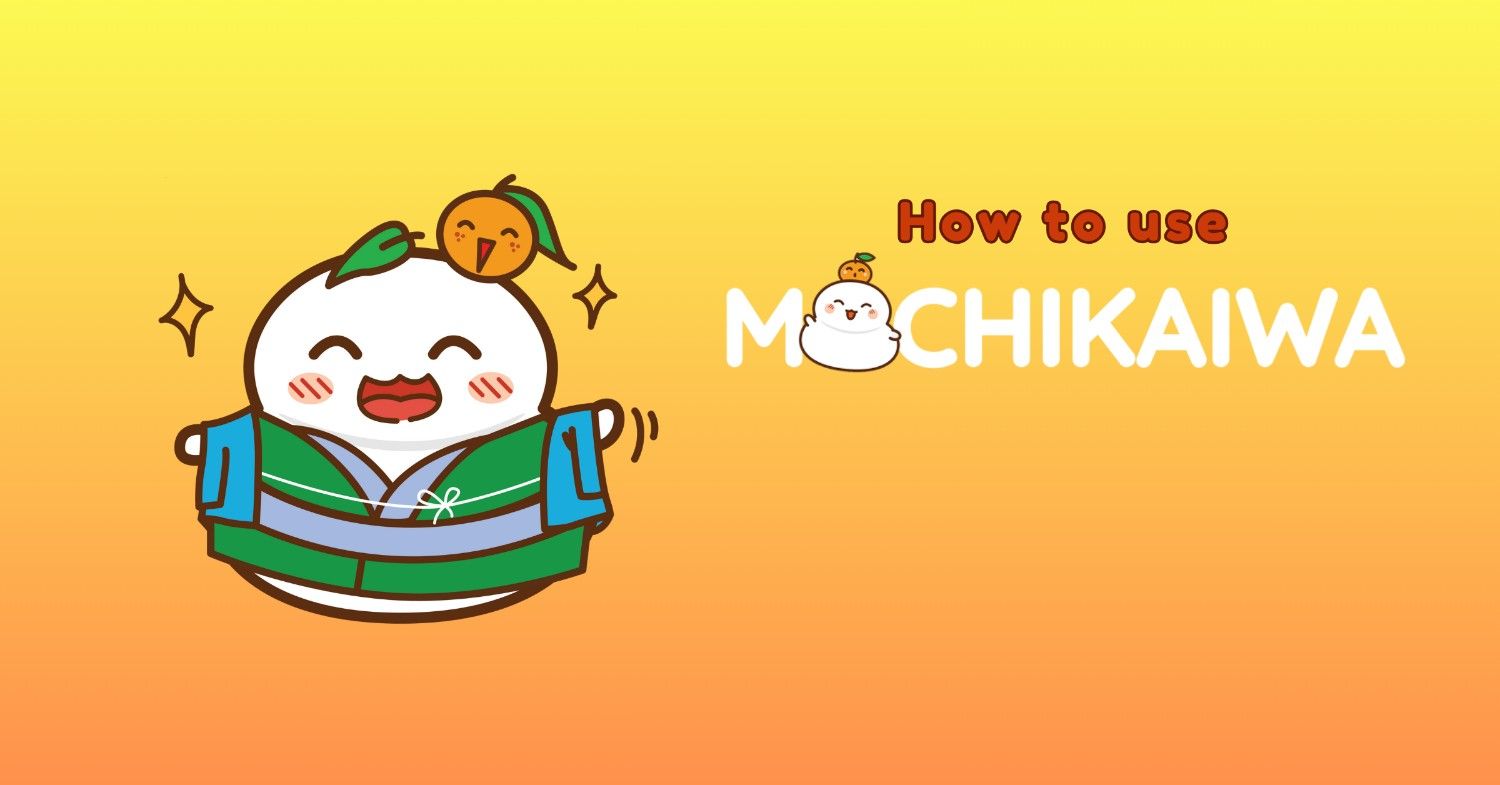If you’re diving into the Japanese language, you will inevitably encounter the word “desu” (です). It’s a small yet powerful part of the language that plays a significant role in everyday conversation. In this article, we’ll break down what “desu” means, how to use it, and why it’s important in Japanese culture.

What is “desu”?
“Desu” is a copula, which can be roughly translated to “is” in English. It serves as a grammatical marker that connects the subject of a sentence with a predicate, making it a crucial element in Japanese sentence structure. For example:
これはペンです (Kore wa pen desu.)
This is a pen.
Here, “desu” links “kore” (this) and “pen,” indicating that the subject is being identified.
Variations of “Desu”
While “desu” is the most common form, there are several variations depending on the level of formality:
- です (desu): Standard form used in polite conversation.
- だ (da): Casual form, often used among friends or in informal settings.
- でございます (de gozaimasu): Very polite form, often used in formal speeches or by service professionals.
When to use “desu”
“Desu” is typically used at the end of a sentence to convey politeness and clarity. Here are some key situations where you should use “desu”:
Introducing yourself:
わたしは学生です (Watashi wa gakusei desu.)
I am a student.
Describing objects:
それは本です (Sore wa hon desu.)
That is a book.
Giving opinions or feelings:
私は日本が好きです (Watashi wa Nihon ga suki desu.)
I like Japan.
Using “desu” is especially important in polite conversation, as it demonstrates respect toward the listener.
Cultural significance of “desu”
In Japanese culture, language reflects social hierarchies and relationships. Using “desu” appropriately shows awareness of these dynamics. It helps to establish a polite atmosphere and indicates humility. Neglecting to use “desu” in formal settings may come across as rude or disrespectful.
Additionally, “desu” can soften statements, making them sound less direct. For example, saying “This is delicious” can feel less assertive when you say:
おいしいです (Oishii desu.)
It’s delicious.
This nuance is vital for maintaining harmony in conversations, known as wa (和) in Japanese culture.
Boost your learning with MochiKanji
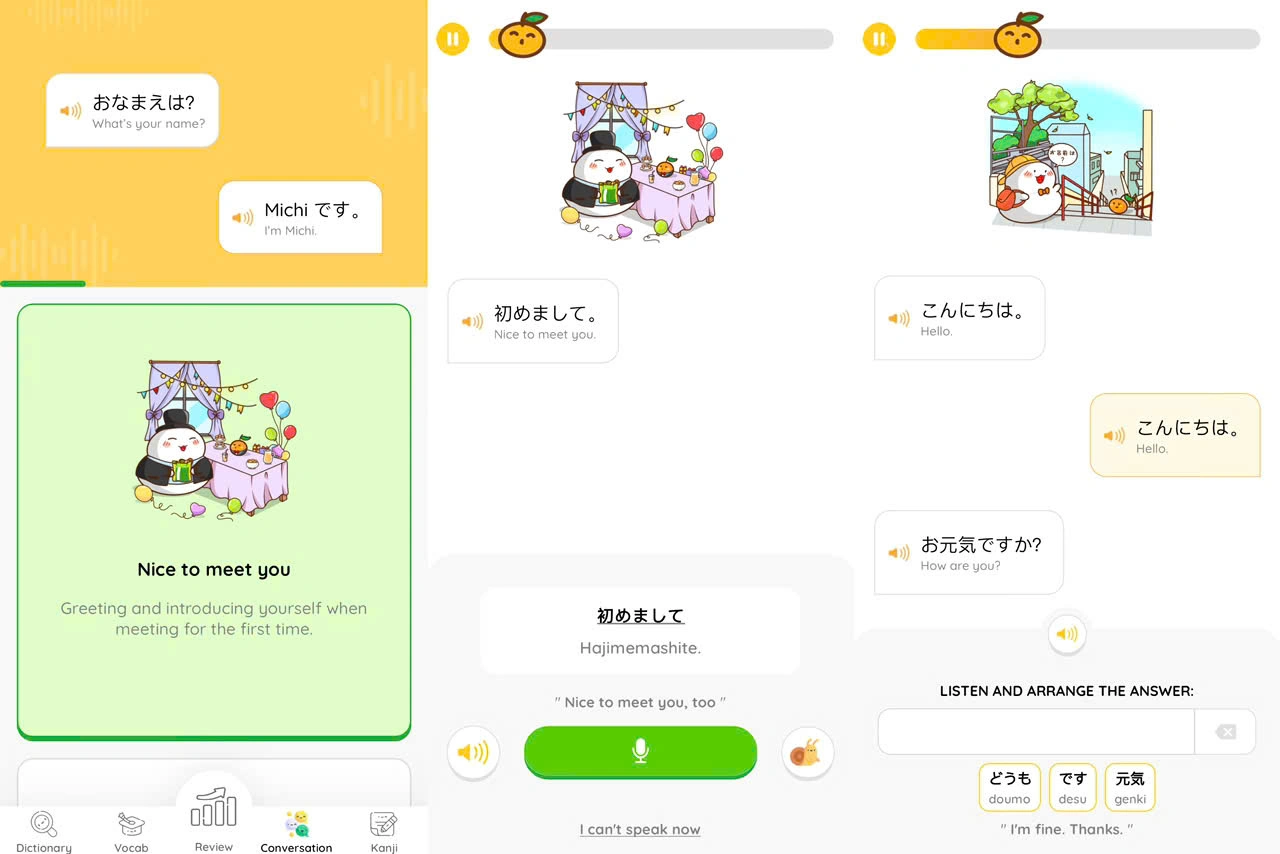
To further master “desu” and improve your Japanese conversational abilities, consider MochiKanji’s Conversation course. This course is designed to provide learners with practical speaking and listening skills in real-life contexts. With interactive dialogues and role-playing scenarios, you’ll practice using “desu” and other expressions naturally and confidently.
Common mistakes to avoid
While learning about “desu,” here are some common pitfalls to watch out for:
Overusing “desu” in casual situations: Using “desu” in overly casual conversations can sound unnatural. Use “da” instead among friends.
Neglecting context: Remember that omitting “desu” is acceptable in casual speech but necessary in polite contexts.
Using “desu” with question words: When forming questions, “desu” is typically placed at the end. For example:
これはペンですか? (Kore wa pen desu ka?)
“Is this a pen?”
Make sure to practice these aspects to avoid confusion and enhance your fluency.
Conclusion
“Desu” is a fundamental part of the Japanese language that helps express politeness and clarity. Mastering its use can enhance your conversational skills and help you navigate various social situations with ease. Whether you’re a beginner or looking to refine your Japanese, understanding “desu” is essential for effective communication. So, embrace this small word and let it open doors to deeper conversations in Japanese!

